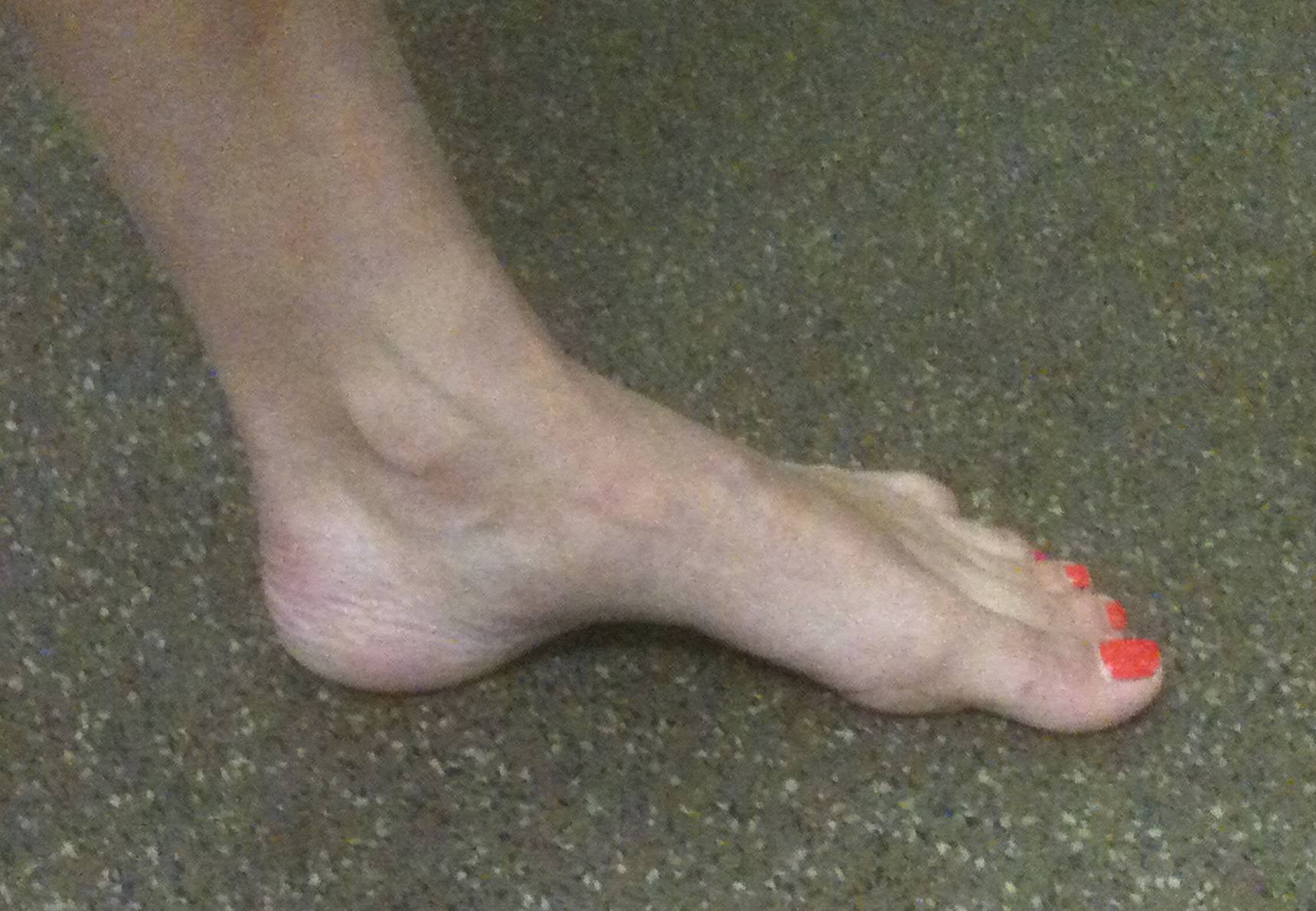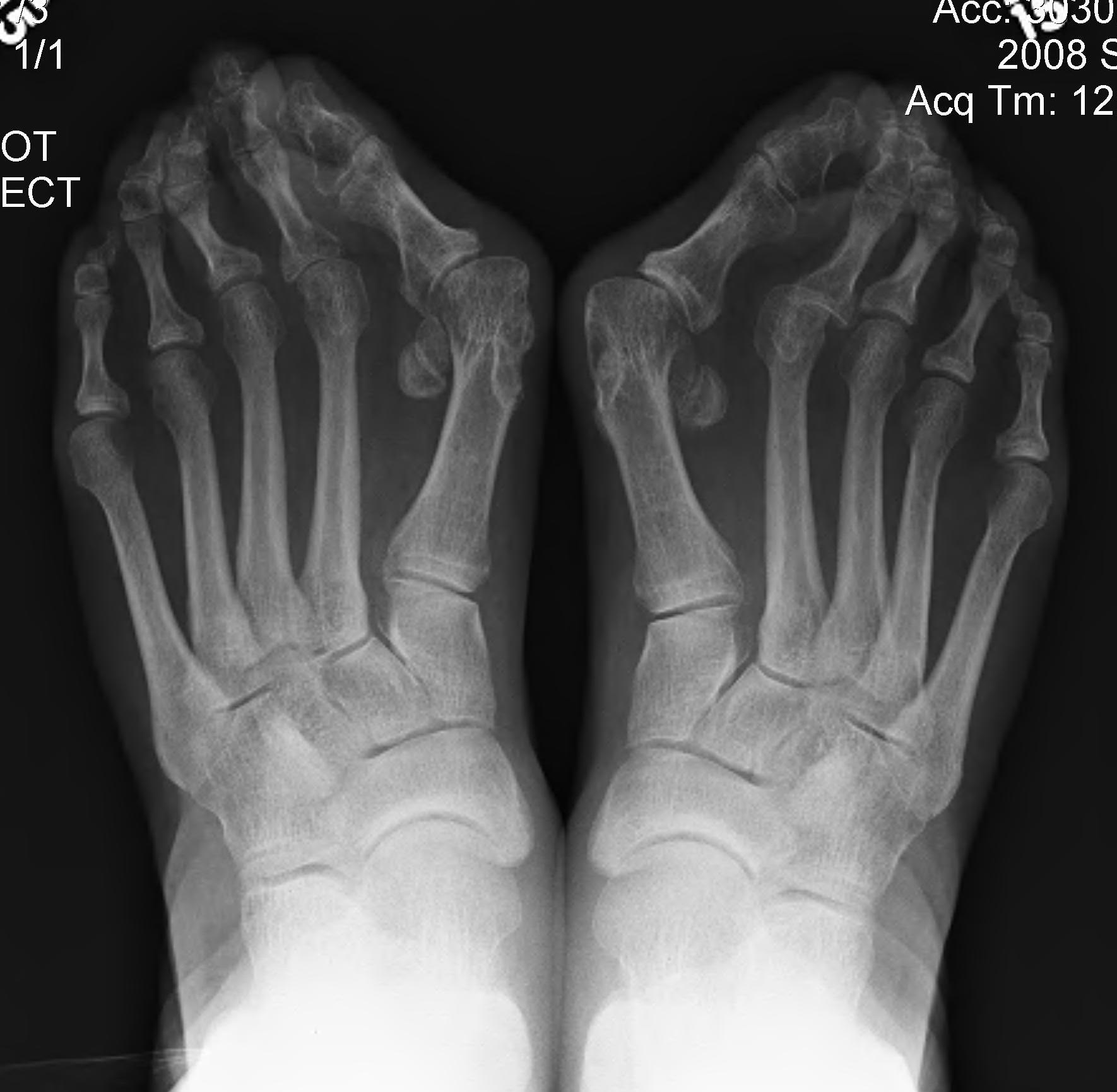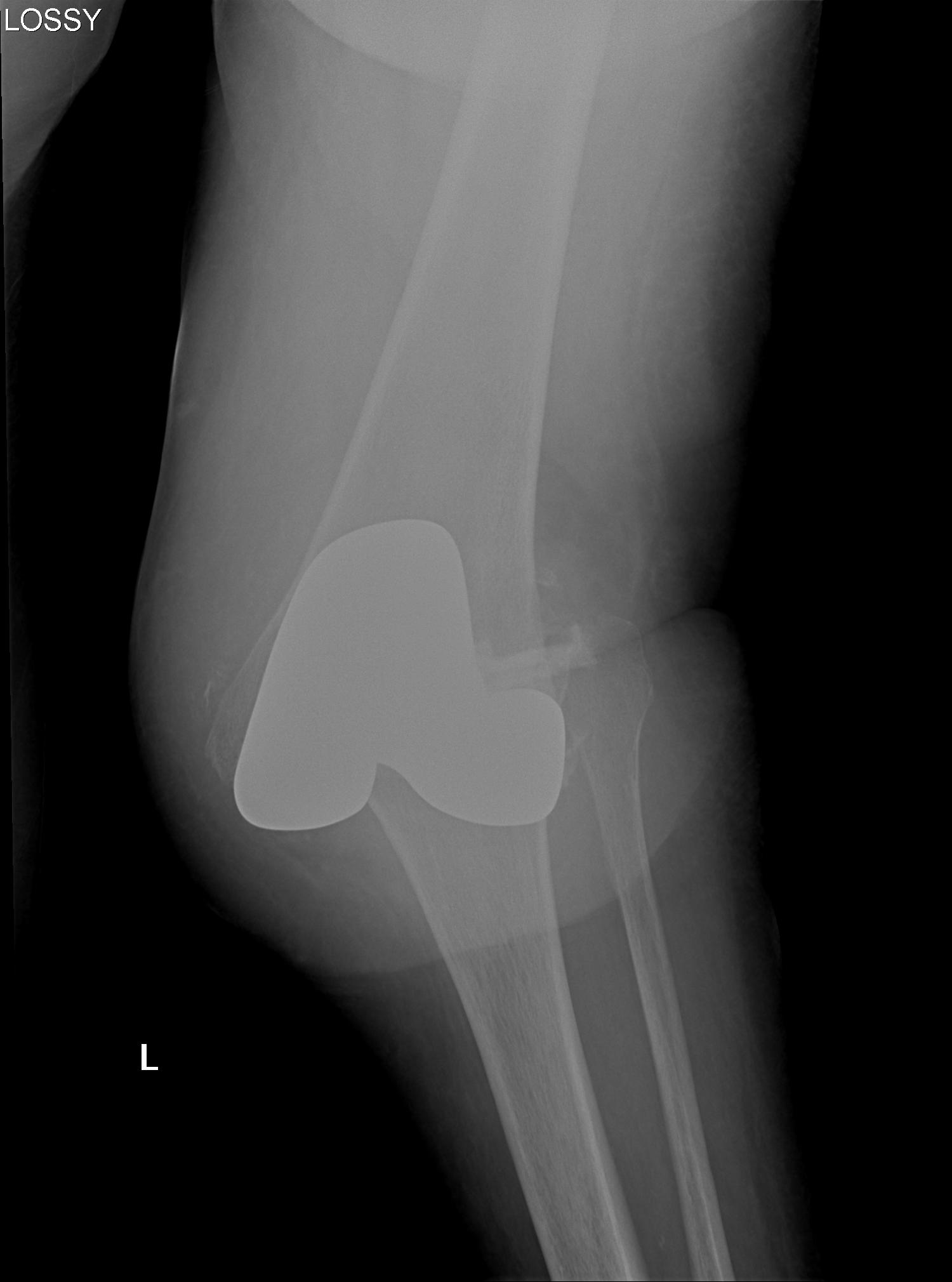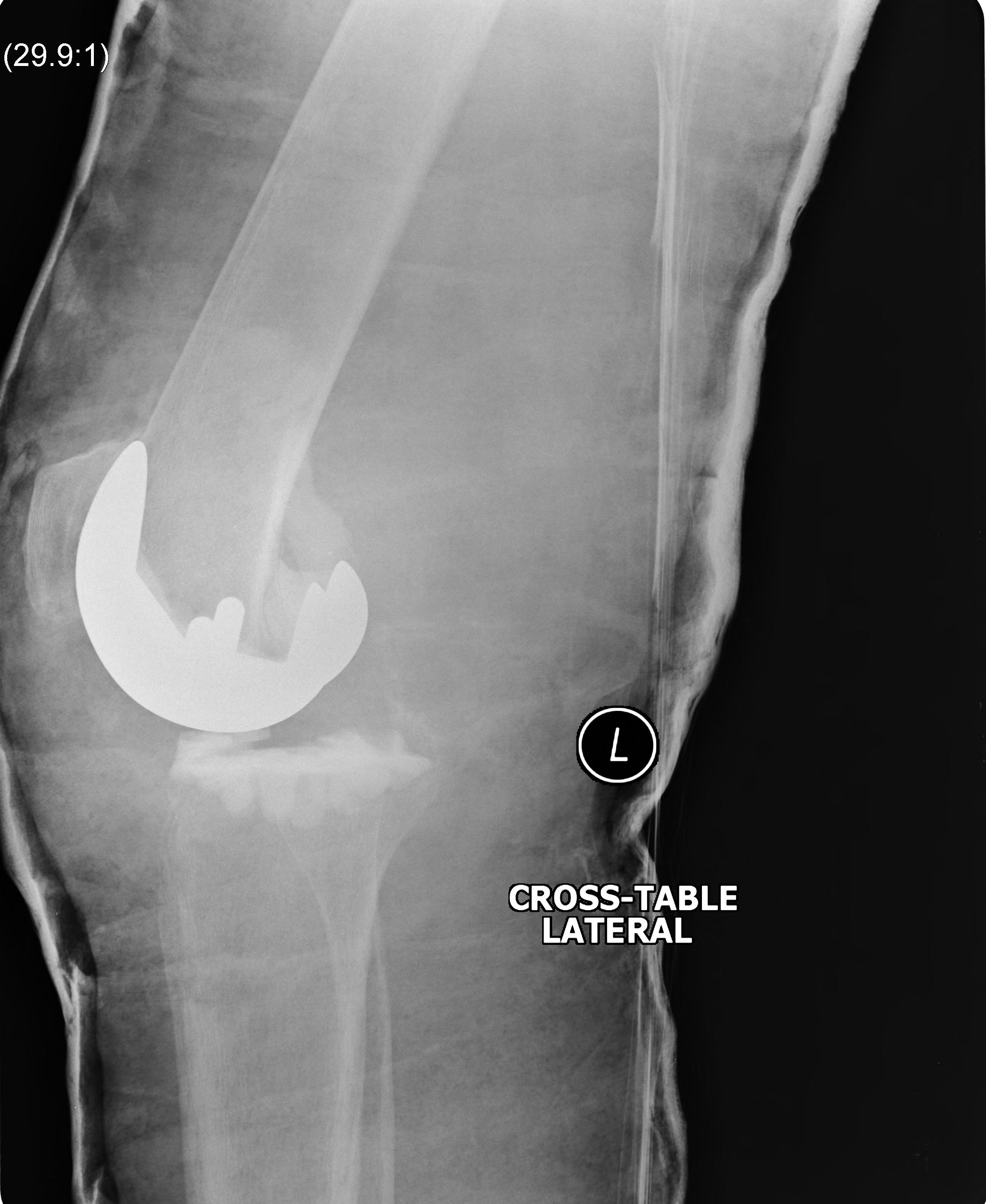Burst Fractures
Definition
Burst fractures
- injury to anterior and middle columns +/- posterior column
Mechanism
Vertical compression
Epidemiology
10% cervical fractures
Most commonly C5/6
Pathology
Anterior & middle columns fail
- if severe, posterior ligament complex fails





